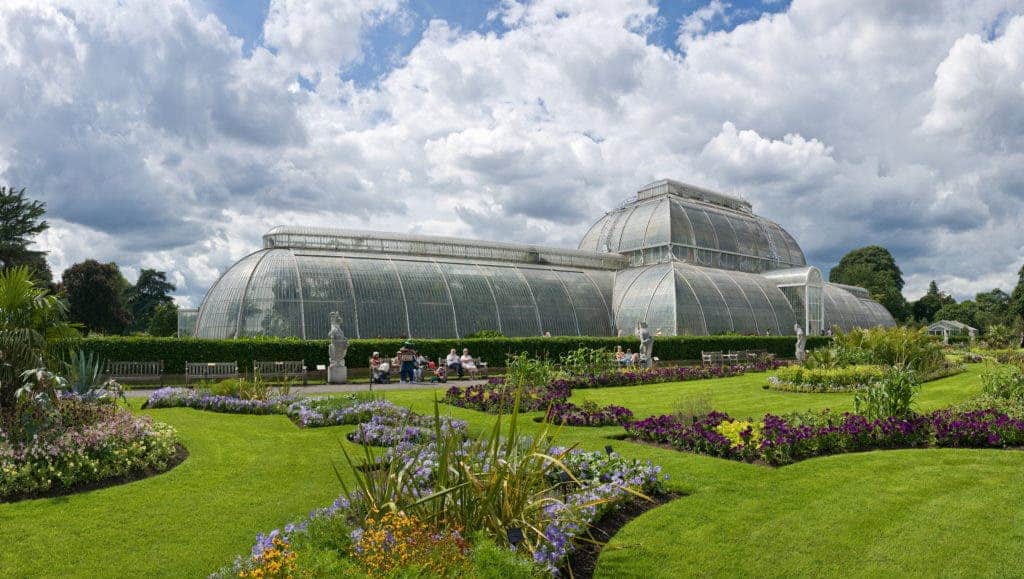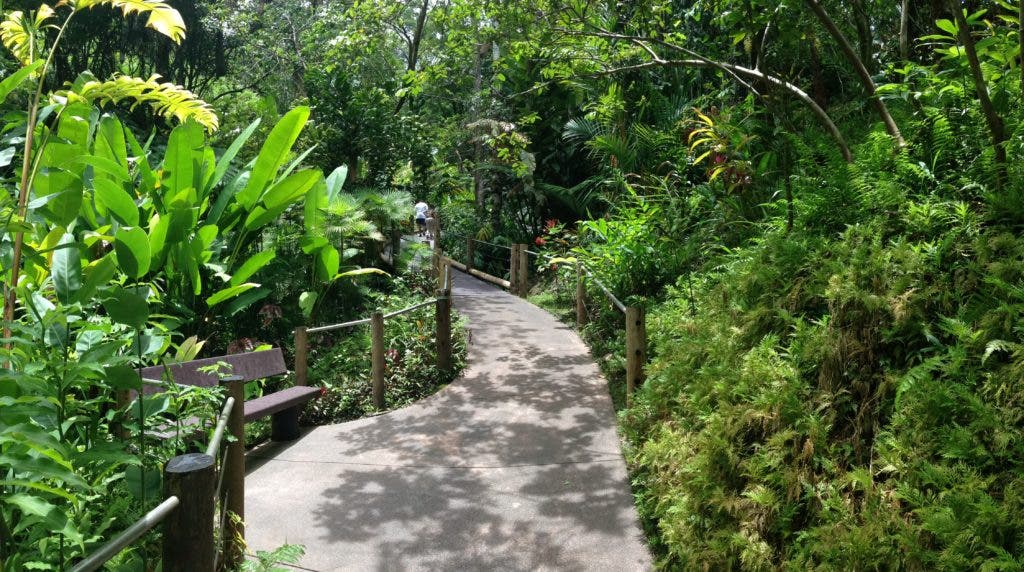Botanical gardens do a tremendous job at conserving plant biodiversity, and they may serve as a Noah’s Ark to preserve endangered species.

In an extremely concentrated space, botanical gardens host one-third of all known plant species and over 40% of endangered species, a new study has concluded. University of Cambridge researchers analyzed datasets compiled by Botanic Gardens Conservation International (BGCI), of 1,116 institutions. They wanted to see what is the “minimum estate” that mankind is protecting within these gardens — in other words, how many of the 350,699 known species we are safeguarding.
They found that we’re preserving over 100,000 species, including many endangered species. However, only 10 percent of the area in botanical gardens is given over to these endangered plants. The study also revealed that while plants in temperate environments are well represented, plants in tropical areas are severely under-represented. This happens for a straightforward reason: most botanical gardens are in the Northern Hemisphere, in temperate climates. Tropical plants are best grown in their country of origin, requiring greenhouses or special facilities in temperate environments.
“This is the first time that we have carried out a global assessment to look at the wide range of plants grown, managed and conserved in botanic gardens,” said Dr Paul Smith, Secretary General of the charity Botanic Gardens Conservation International. “So, for the first time we know what we have and, perhaps more importantly, what is missing from botanic gardens.”
When you think about it, this makes a lot of sense. Botanical gardens double as research centers, so biologists have an interest in studying/conserving rare and threatened species. Most gardens also try to present a variety of species to visitors, so they also have an incentive to host biodiversity. There’s also a didactical component to botanical gardens, which works to the same purpose. It’s estimated that over 500 million people visit botanic gardens each year.

The good news is, researchers say, that this means plants need not disappear — we could just preserve them in botanical gardens. Unlike doing the same thing with animal species, this raises no ethical concerns. Potential reintroduction programs would also be significantly easier, and reproduction is also not as complicated. The bad news is that we will almost certainly have to do this, because at the rate we (and climate change) are reducing habitats and threatening species, a mass extinction seems imminent. If we fail to conserve plant biodiversity, tackling climate change and environmental degradation become even more difficult, as does ensuring global food security.
“Currently, an estimated one fifth of plant diversity is under threat, yet there is no technical reason why any plant species should become extinct. Botanic gardens protect an astonishing amount of plant diversity in cultivation, but we need to respond directly to the extinction crisis,” said senior author Samuel Brockington from the University of Cambridge.
“If we do not conserve our plant diversity, humanity will struggle to solve the global challenges of food and fuel security, environmental degradation, and climate change,” Brockington added.
In the paper, researchers emphasize the crucial role that plants play in all ecosystems, as well as for mankind. Plants are essential in all ecosystems and all habitats, providing numerous irreplaceable goods and services. They also underline the fact that the problems they are suffering are, to a large extent, anthropogenic. Sure, we can protect some species in botanical gardens, but the damage we are causing in the natural world is impossible to mend.
“Plants are essential for life, capturing solar energy, and creating the biomass that underpins the biosphere. Plants underpin ecological processes such as climate regulation, carbon dioxide absorption, soil fertility and the purification of water and air, and provide the food, medicines, building materials and fuel that sustain human life. Yet an estimated 20% of plant diversity is threatened with extinction.”
“The extinction threat is largely anthropogenic, including habitat degradation, invasive species, resource over-exploitation and climate change. It is estimated that 75% of the planet’s land surface is experiencing human pressures such as expansion of built environments, with approximately 40% given to agriculture. Even in wilderness areas, plant populations are vulnerable to invasive species, pests, diseases and a changing climate.”
Journal Reference: Ross Mounce, Paul Smith & Samuel Brockington. Ex situ conservation of plant diversity in the world’s botanic gardens. doi:10.1038/s41477-017-0019-3






